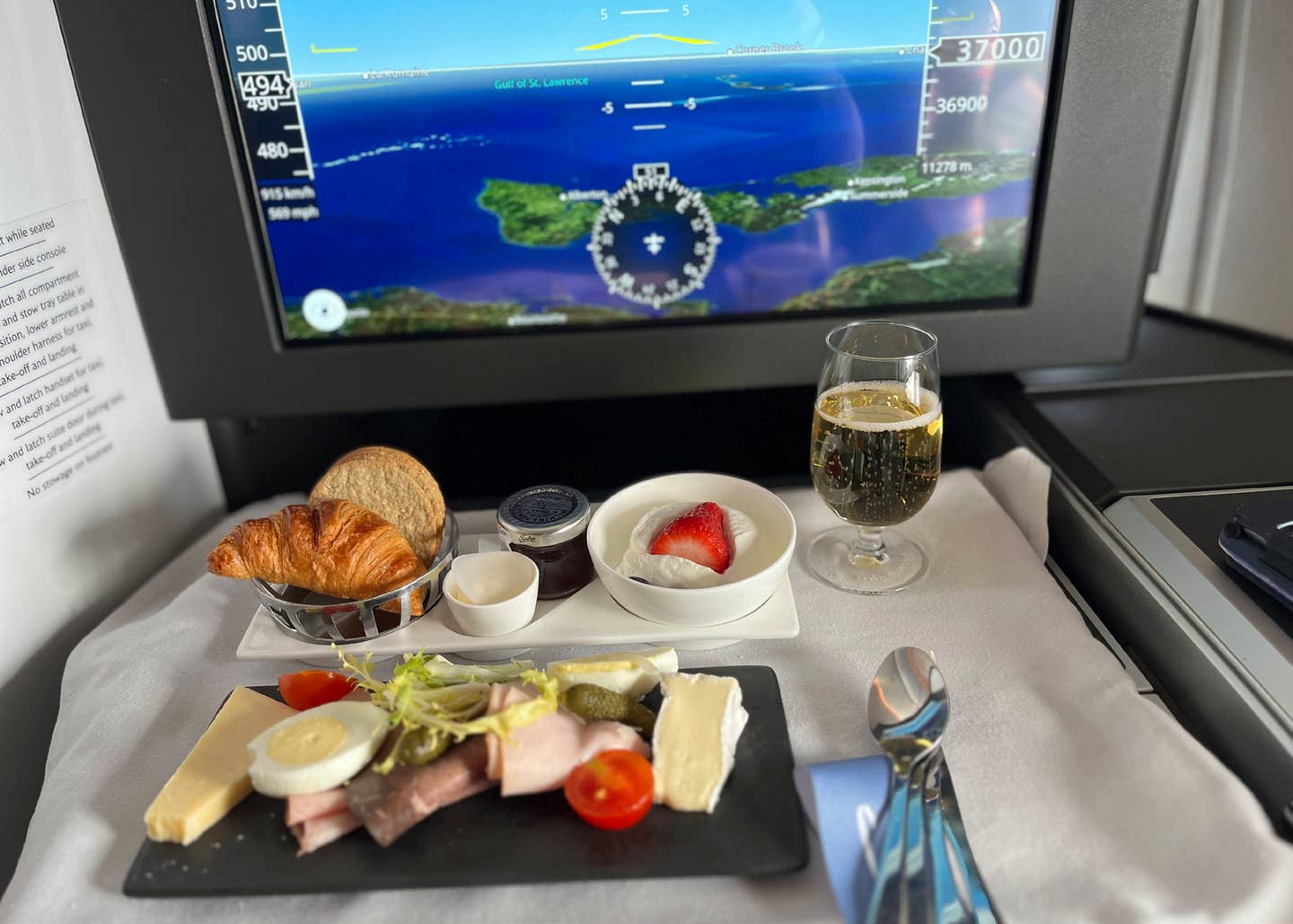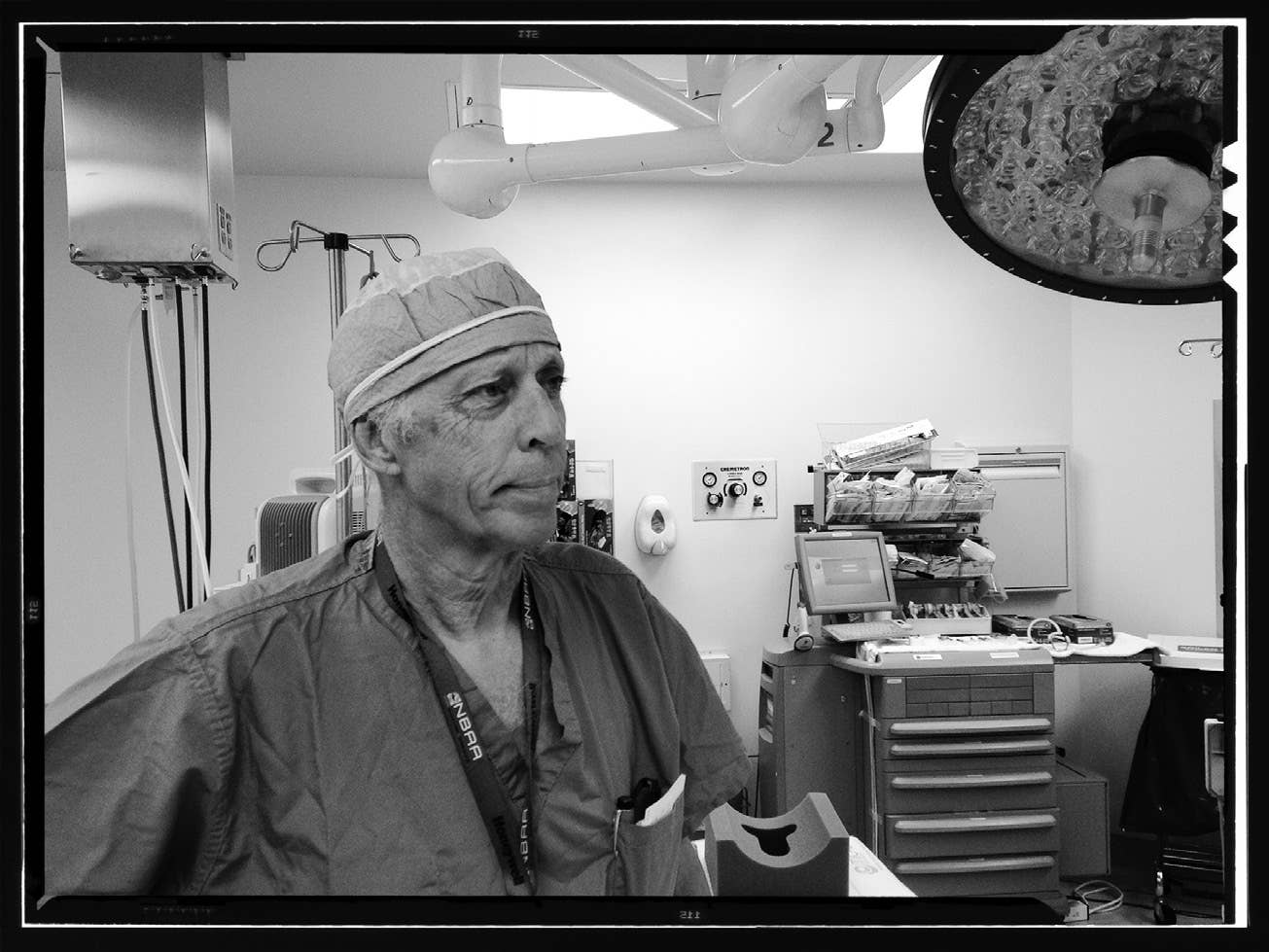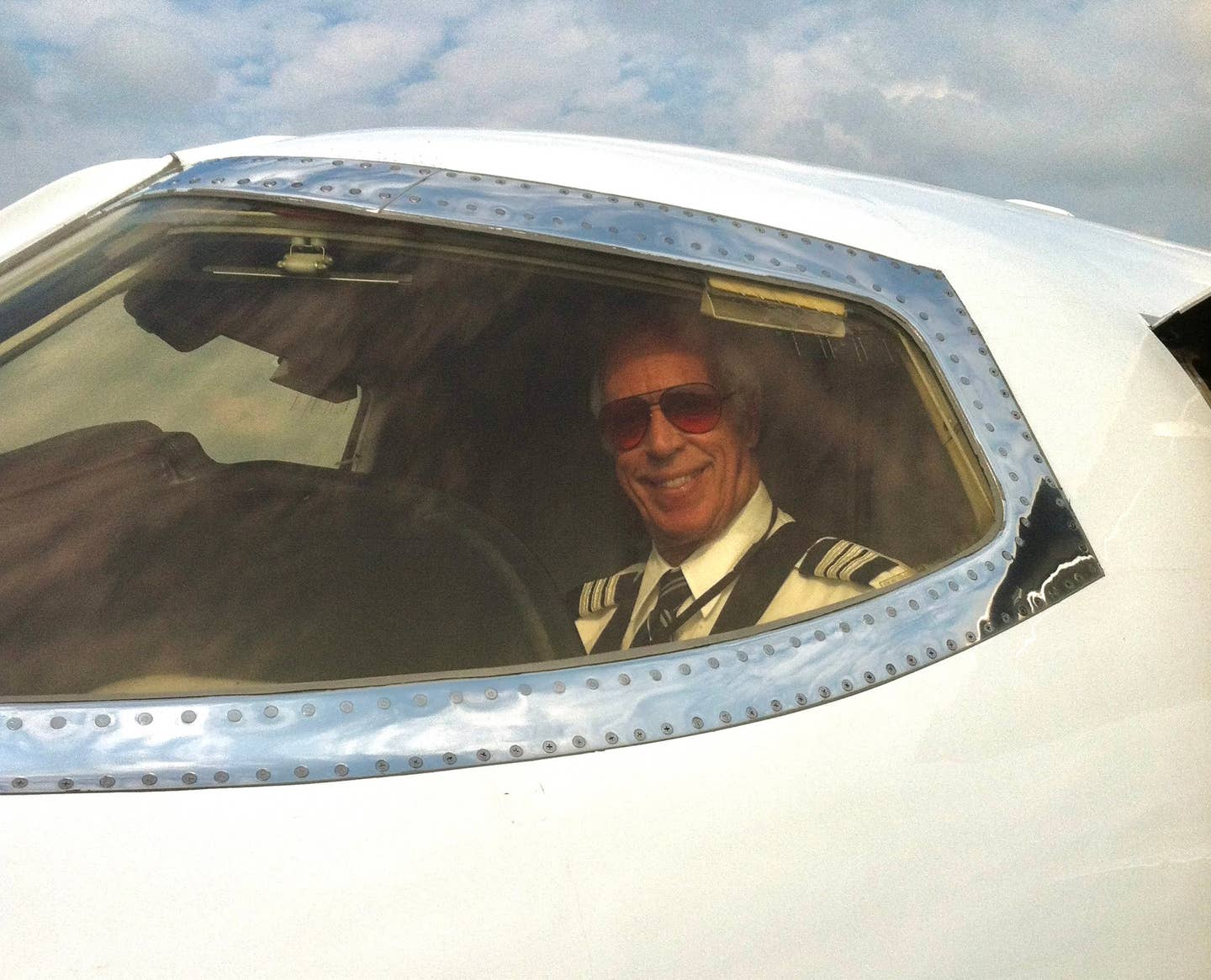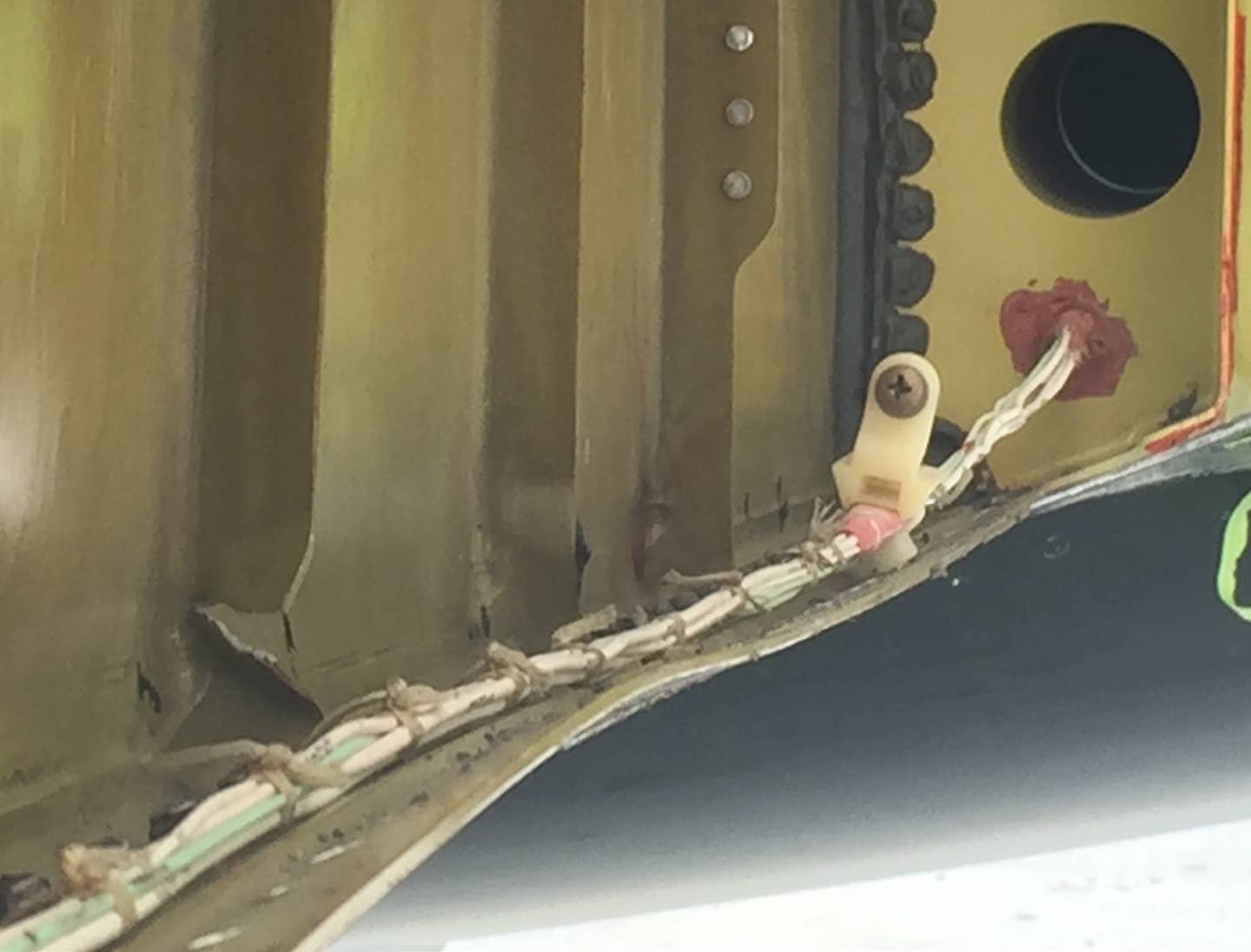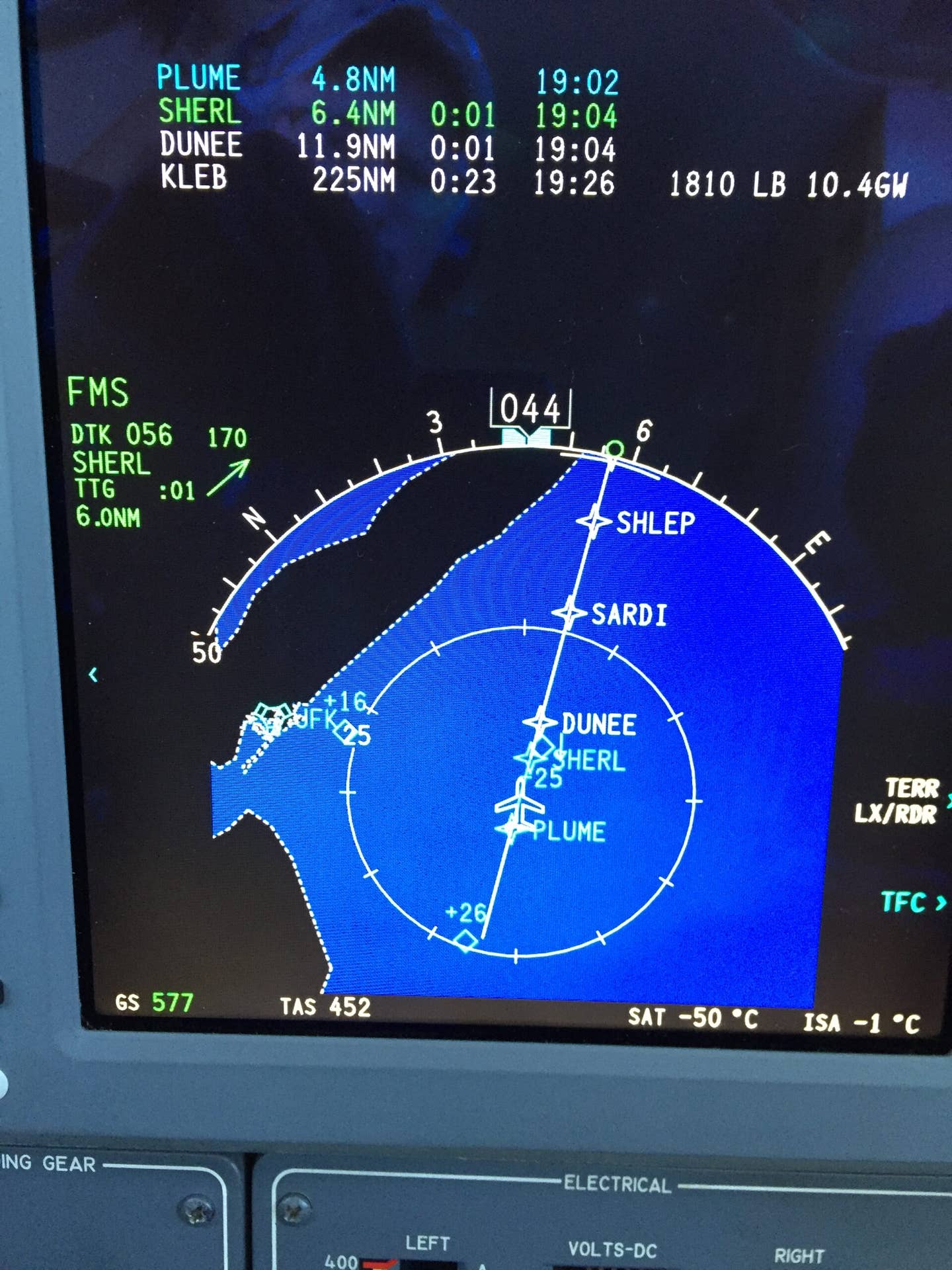In the Aircraft and in Life, Flow Is Essential
Everyday process and procedure takes on added meaning, purpose, and for this pilot, pleasure.
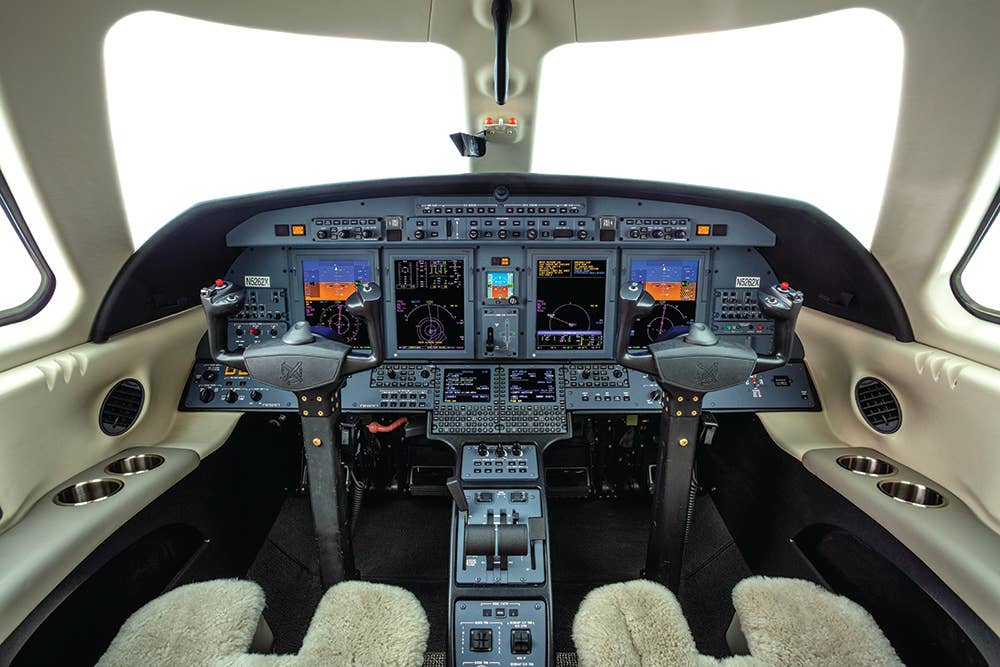
The updates to the Citation CJ4 Gen2 improve the flow. [Credit: Paul Bowen]
After the seat belt comes the initial nest building. Headset adjusted and water bottle stowed. Seat full back and full down, oxygen checked, parking brake set, battery switch on, voltage checked. Beacon on to let the line guys know that there’s power on the airplane and somebody is in the cockpit. Rotary switch check, air source select on both, fuel quantity noted and compared to fuel required. Does the flap handle match flap position? Reach (or call) for the before-start checklist.
After the first two or three hundred hours in the airplane, you get familiar. It’s called flow.
The checklist points out that I’ve neglected to turn on the passenger safety switch. No matter—this is an empty leg. The checklist also confirms what I already know: The throttles and engine sync are off. We are “down to the line,” that dotted line on the checklist that calls for a pause before we move on. This allows for an early completion of items up to those that require turning off the air conditioning and avionics.
“Below the line” has but four items, and a standard flow sees to each of them.
Annunciator panel……….Checked
Beacon…………………………On
AC and defrost…Off
Avionics power…………….Off
“This completes the before-start checklist below the line,” I or the first officer say. Though the Cessna Citation CJ1 my wife, Cathy, and I own is approved for single-pilot ops—and I do fly it alone—I always say these callouts, well, out loud. It almost feels like “I” becomes “we.”
“I practice flow. I get sensual reward from the physical sequences of preparing and flying an airplane.”
Hands fall to the start switch and throttles. I signal the lineman with two fingers—starting No. 2. The N2 spools up, the N1 shows hints of life, and at 10 percent N2, I lift the throttle out of the cutoff position and watch with approval as the N2 accelerates to 45 percent, at which point the starter disengages and the engine slides back to idle. Wow, do those Williams engines start with breathtaking temperature spikes.
After a successful No. 1 start, another flow. The generators are each checked, the battery voltages (“EMER” and “BATT”) are both checked, and a left hand comes across the panel to hit the “headphone only” button that keeps the passengers from hearing when I overspeed the airplane. Flight controls, trims and FMS check all follow in a line, and hands come back up to set pressurization for landing field altitude plus 200 feet. Here, we (or I) take a break and recheck altimeters, takeoff speeds and runway heading. Then: “After-start checklist,” please.
Flow vs. Checklist
There’s a lot of misunderstanding in the nonaviation world about the difference between flow and checklists.
In my former job as a surgical oncologist, I witnessed multiple flailing attempts to institute checklists in operating rooms. Without any real appreciation of the difference between flow and checklist, we struggled. A circulating nurse would launch into a litany of the patient’s name, name of the surgeon, the procedure, and the appropriate patient record number found in the chart and on the wrist band. The only trouble was: Nobody was listening, nobody actually checked the wristband that was buried under surgical drapes, and nobody seemed to be interested in anything except recording that a “timeout” (as this nod toward safety is commonly called) had been accomplished.
Without the power of “challenge and response,” the operating-room checklists became “to-do lists” and were stripped of their inherent usefulness. Regrettably, little progress has been made in reducing wrong-site operations, retained sponges and instruments, and all manner of inadvertent harm.
That’s one reason I enjoy flow in aviation: It makes me safer. I practice flow. I get sensual reward from the physical sequences of preparing and flying an airplane. Once the airplane is moving, muscle memory and flow conspire to wrap me in satisfactions. My hands reach without looking for the heading- and altitude-preselect knobs that tell the autopilot what to do. This wasn’t intuitive at first. The two knobs are adjacent to each other in the CJ1, and I wasn’t the first pilot to be given an altitude-change instruction only to end up changing the heading. (In the CJ4, these controls have been moved to a more traditional and sensible place just beneath the glare shield.) Lots of time in the CJ1, with its repetition and practice, makes these controls as familiar as the gearshift in your car.
Flow Is Universal
Once flow is in your head, you see it everywhere. As the scrub nurse is setting up the instruments on her “Mayo stand,” you see muscle memory and flow in action. In preparation for surgery, the scalpel is here, the suture there, the staplers over here. She will reach without looking for the right instrument before I even ask for it. Surgical flow with an experienced scrub nurse is a sensual delight. Hands fly with purpose, and few, if any, words are spoken.
Watch a major league baseball game. The first pitch is called a strike. The batter steps out of the batter’s box, tightens his batting gloves—always the left before the right—taps the plate twice, and makes the sign of the cross. The next pitch is also a strike, and the ritual is repeated. Meanwhile, on the hill, the pitcher is rolling through his own nervous flow sequences.
Line up and wait. Then, with clearance to takeoff, my eyes flicker back and forth from the centerline to the glass panel before me. Eighty knots, cross check. V1 and, immediately thereafter, VR. Before I can think about it, I’ve rotated, the FO has called “positive rate,” and I’ve said, “Gear up.” By the time those words are out of my mouth, I hear, “V2 plus 10, 400 feet.” Then, “Flaps up, climb power, yaw damper on, set speed 210 knots.”
Flow.
In the morning, I put coffee beans in a grinder, put a kettle over the burner, get cream from the refrigerator, and pick up a spoon on my way back to the two coffee cups I’ve laid out on the kitchen counter. I spoon sugar into Cathy’s cup and pour the hot water into the French press that has been gifted with the freshly ground coffee. Twelve hours later, I will execute a similar movement—only this time martini glasses and gin are involved.
Flow.

Sign-up for newsletters & special offers!
Get the latest FLYING stories & special offers delivered directly to your inbox


